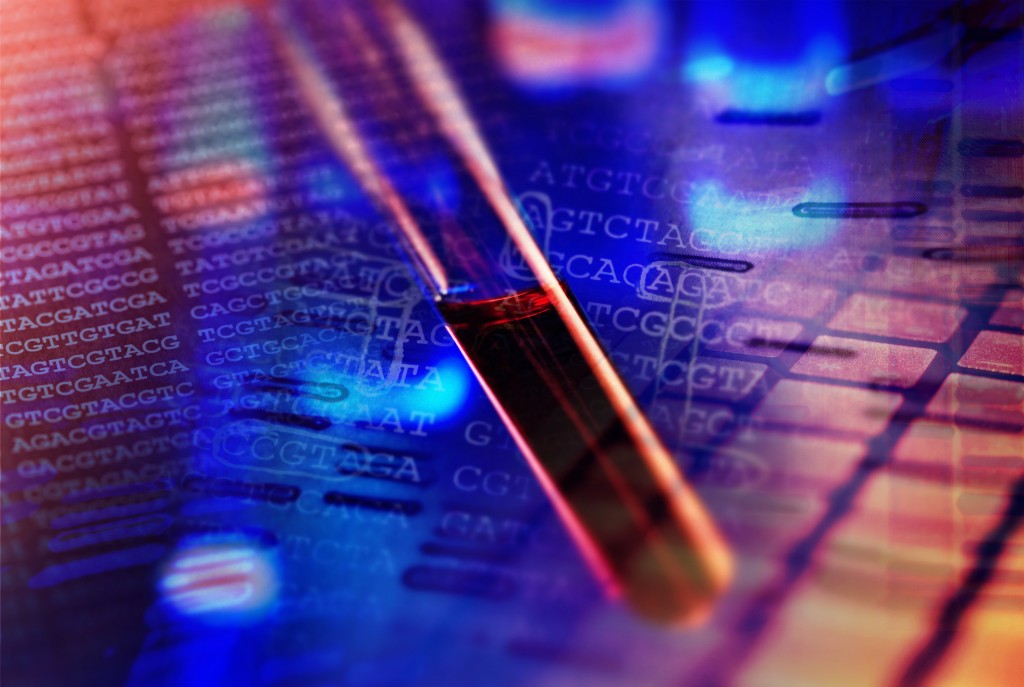“The elegance of NGS is parallelization,” says Shawn Levy, Ph.D., faculty investigator at the HudsonAlpha Institute for Biotechnology. Parallelization introduces the ability to generate enough individual sequencing reads to allow counting-type applications, such as CHiP-Seq (chromatin immunoprecipitation sequencing) or, more relevant to bioprocessing, RNA-seq, also known as whole transcriptome shotgun sequencing. “NGS opens up a broad, deep toolbox for [investigators in biology], including those in bioprocessing,” declares Dr. Levy.
NGS examines RNA transcription profiles uniquely associated with conditions a cell experiences over a long culture, to provide insight into transcription and regulation under growth conditions. For the first time, bioprocessors can use those genetic markets to optimize media/feed conditions and cell densities while watching for markers of stress, cell death, and relevant cell cycle events.
Epigenetic surveillance—monitoring the impact of regulatory factors, often environmental, on gene regulation—would appear to be a slam-dunk NGS application during cell line development. Many epigenetic changes occurring in cultured cells are reversible over time, but NGS creates a snapshot of the current epigenome under precise conditions. This may provide insight, for example, into why a culture becomes less productive at one time point during generation of protein X, but at another time point for protein Y. Thus, NGS freezes the entire regulatory mechanism of a culture.
“It can monitor transcriptional markers and help assure that the genomic sequence remains stable during culture,” Dr. Levy explains. “It provides a new level of resolution compared with traditional sequencing.”
The above excerpt is from an article published Nov. 1, 2014, in Genetic Engineering & Biotechnology News. Read complete article here.




